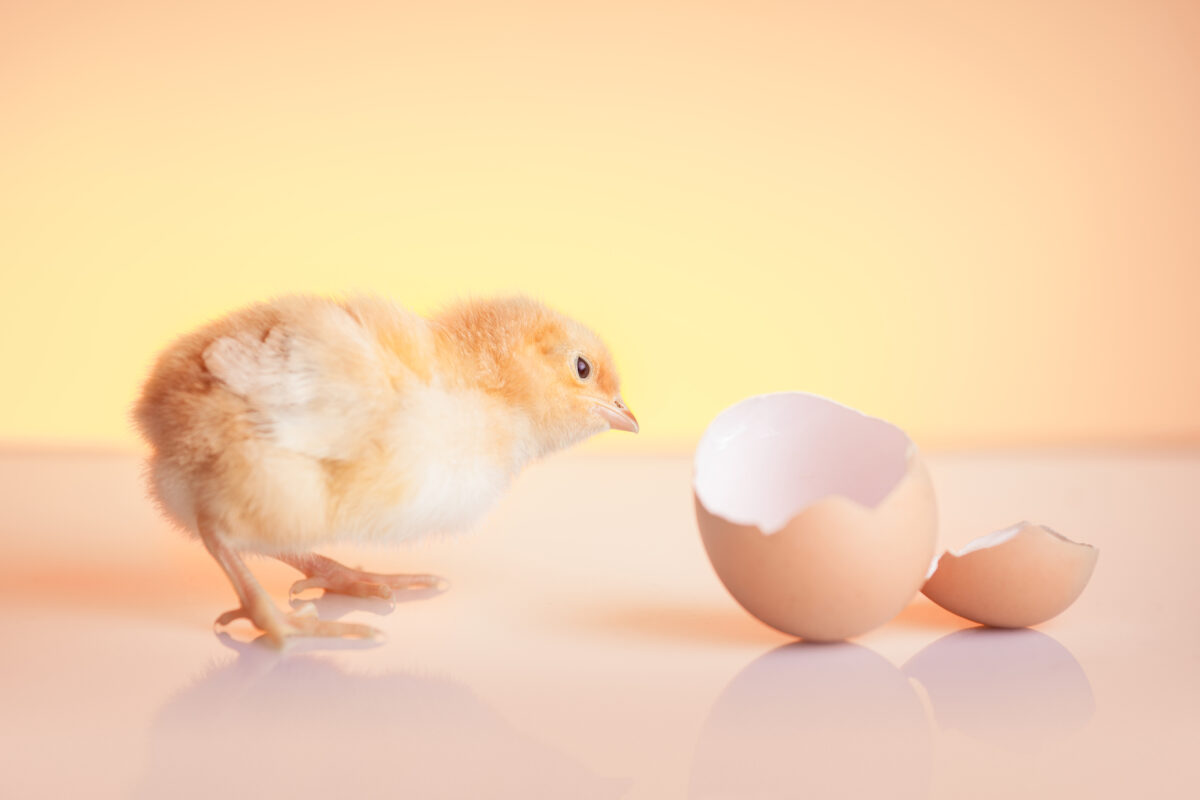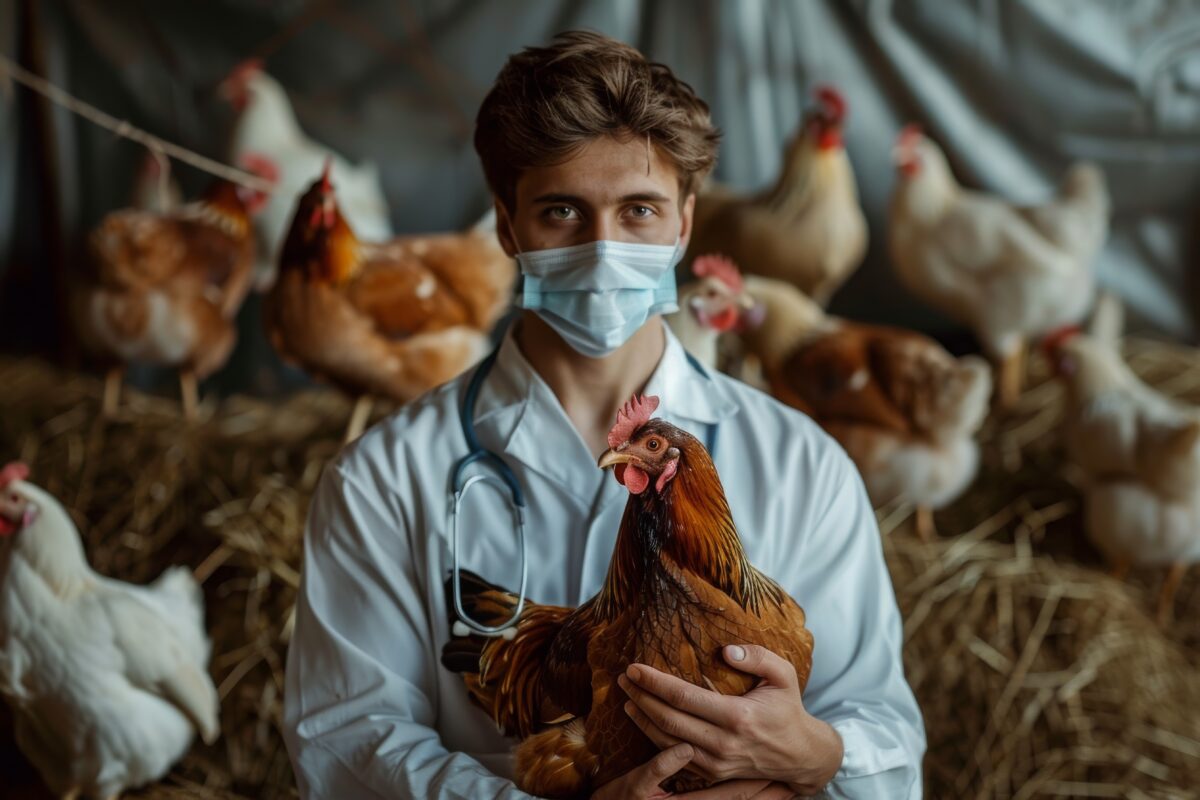Essential Nutrition for Livestock at All Life Stages

Feeding livestock the right nutrition at each stage of life is essential for their health, growth, and productivity. From young animals needing nutrient-dense feed to mature animals requiring balanced maintenance diets, selecting the appropriate feed can improve livestock well-being and farm profitability. This guide will help you understand the nutritional needs of animals at different life stages and choose feed that supports healthy growth, development, and productivity.
1. Feeding Young Animals (Neonates and Weanlings)
Young animals, including calves, lambs, piglets, and chicks, need specialized feed to support rapid growth and immune system development. This stage requires a diet high in protein, energy, vitamins, and minerals.
Milk or Milk Replacers: For newborn animals, mother’s milk is ideal, as it provides essential antibodies and nutrients. In cases where milk is not available, milk replacers formulated for each animal species are an excellent alternative.
Starter Feeds: As young animals begin transitioning to solid food, introduce a high-protein starter feed. For example, calf starters should be around 18-20% protein to support muscle and bone development.
Fortified Nutrients: Ensure the feed includes essential vitamins (A, D, E) and minerals (calcium, phosphorus) to strengthen bones and boost immune defenses.
Fresh Water Access: Hydration is crucial for young animals’ digestion and overall health, so provide access to clean water at all times.
Tips:
Transition from milk to solid feed gradually over several weeks to prevent digestive issues.
Use high-quality, nutrient-dense starter feeds specifically designed for young livestock.
2. Feeding Growing Animals (Juveniles and Adolescents)
As animals grow, their nutritional needs shift toward supporting muscle development, bone growth, and overall body conditioning. Feed requirements during this stage are still high in protein but should start incorporating more energy sources.
High-Protein Grower Feeds: During this stage, protein levels should remain relatively high, though slightly reduced from starter feed levels. Typical grower feeds contain around 15-18% protein, depending on the species.
Energy-Dense Ingredients: Include sources like grains (corn, oats, barley) to meet increased energy needs as animals become more active.
Balanced Minerals and Vitamins: Minerals like calcium and phosphorus are essential for bone strength. Adding salt blocks or mineral supplements can help meet these requirements.
Fiber for Digestion: For ruminants like cattle, lambs, and goats, introduce forage or hay to support healthy digestion and promote rumen development.
Tips:
Avoid overfeeding; focus on balanced nutrition to prevent excess fat and encourage lean muscle growth.
Monitor weight and body condition frequently to adjust feeding levels as needed.
3. Feeding Mature or Adult Animals
Once animals reach maturity, their nutritional requirements are lower compared to their growth stages. Adult animals typically require a maintenance diet to keep them healthy without overfeeding.
Maintenance Feed: Maintenance diets are lower in protein and energy compared to grower feeds. For instance, adult cattle can maintain health on feed with around 10-12% protein.
Fiber-Rich Forage: Mature ruminants like cattle, sheep, and goats thrive on high-fiber forage such as hay and pasture. Fiber is essential for digestive health and provides slow-releasing energy.
Mineral Blocks or Supplements: While adult animals may not need as many added nutrients, regular access to mineral supplements can help maintain bone health and support reproductive functions.
Avoid Excess Energy and Fat: Overfeeding adult animals can lead to obesity, which affects productivity and health. Adjust feeding quantities according to each animal’s activity level and body condition.
Tips:
Regularly assess body condition and adjust feed intake to prevent overfeeding.
Provide pasture access for grazing animals when possible, as it reduces feed costs and promotes natural foraging behavior.
4. Feeding Pregnant and Lactating Animals
Pregnant and lactating animals have increased nutritional requirements to support fetal development or milk production. This is a critical time to ensure the diet meets higher energy, protein, and mineral demands.
Energy-Rich Diet: Feed pregnant and lactating animals a diet with increased calories to support both the mother and offspring. Grains and protein-rich feeds can help meet these elevated energy needs.
Calcium and Phosphorus: These minerals are crucial during lactation. A deficiency can lead to metabolic disorders such as milk fever, especially in dairy cattle and goats.
High-Quality Forage and Protein: In addition to their regular diet, include protein supplements or high-quality alfalfa hay to meet protein requirements.
Water Supply: Lactating animals need significantly more water to support milk production, so ensure constant access to fresh water.
Tips:
Consult with a veterinarian or nutritionist to tailor feed rations for optimal maternal health and milk production.
Gradually increase nutrient-dense feed for pregnant animals as they approach the last trimester and throughout lactation.
5. Feeding Older Animals (Senior Stage)
Older animals often have decreased energy needs but may require diets that support joint health, digestion, and immunity. This stage of life may also require easier-to-digest feed options.
Low-Energy Maintenance Diet: Reduce high-energy feed to prevent weight gain and support a healthy body condition.
High-Fiber Diet for Digestion: Older animals benefit from fiber-rich feed that aids digestion, as their digestive systems may slow down with age.
Joint Health Supplements: For some species, supplements such as glucosamine and chondroitin can help maintain joint health and mobility.
Easily Digestible Feed: Some older animals benefit from softer, pelleted feed if they have difficulty chewing.
Tips:
Schedule regular veterinary check-ups to monitor health and adjust feed as needed.
Consider supplements for immunity support, as older animals may be more susceptible to disease.
Conclusion
Choosing the right feed at each life stage ensures that animals receive essential nutrients for growth, productivity, and longevity. By tailoring feed to the needs of young, growing, mature, and senior animals, you’ll support optimal health, which leads to increased productivity and lower medical costs. Monitoring each animal’s condition and adjusting feed accordingly helps you make informed decisions that enhance animal welfare and maximize farm efficiency.







